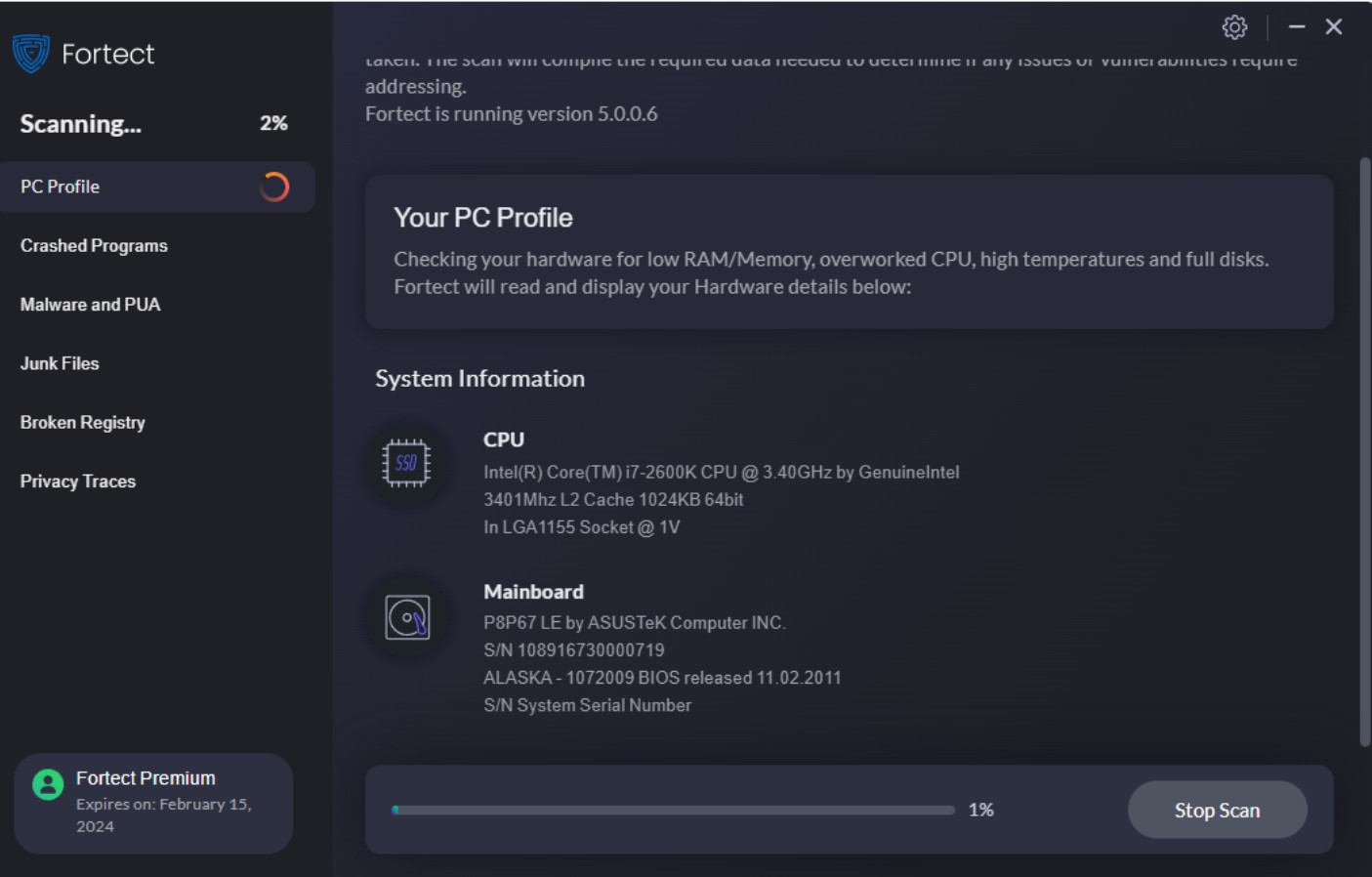How To Deal With Windows Update Errors
Keeping your Windows operating system up to date is essential for ensuring your computer’s security and performance. However, there are times when the update process encounters errors, which can be frustrating and time-consuming to resolve.
Fortunately, there are several strategies you can use to deal with these errors and get your updates installed successfully.
In this article, we’ll explore the different errors you might face and provide tips on how to troubleshoot and fix them.
What are the most common Windows Update errors?
Most Windows Update errors occur while the computer is running and can be seen in the update area with the message: There were some problems installing updates…

In most cases, you can simply retry later, but the error code provides further information.
- Error 0x80073712 – This error can occur when some Windows update related system files are missing or corrupted.
- Error 0x800F0922 – This happens when there is a problem with your internet connection, or the update package is corrupted during download.
- Error 0x80240034 – Typically indicates that the Windows update service is unavailable or not running.
- Error 0x80070020 – This occurs when the update is being installed, and some files are locked by another process or program.
- Error 0x8024200D – When the download process has been interrupted or the update package is damaged.
- Error 0x80070005 – This happens because the Windows user account does not have sufficient permissions to install updates.
- Error 0x8024402F – When the Windows update service is unable to establish a connection to the internet.
- Error 0x80070002 – When the update is being installed, but some files are missing or corrupted, causing it to fail.
- Error 0x800b0100 – This error can occur during the update process, but some files cannot be verified, causing it to terminate.
Note: There are several other error codes, but all have similar causes, such as system file corruption, internet connection issues, a corrupted download, or damage to the update service itself.
Windows Update errors after restart
Most Windows Update errors are not serious and can simply be fixed by restarting your computer, re-checking for updates, and resuming the process. You may also need to start the download package fresh.
However, if the update error was caused by existing damage to Windows or the process itself causes damage to Windows, you will need to repair the system before completing an update.
Updates won’t resume – If after restarting your PC, the update area seems to have frozen and nothing will download or install, you will need to restart the update service itself and repair any damage to Windows.
Windows won’t boot – If an update causes a restart loop or a loop where updates begin to install and fail, you will need to use Advanced Boot Options to boot in Safe Mode or repair Windows.
How do I fix all Windows Update errors?
Here are some general ways to fix common Windows Update errors:
Restart your computer – If you haven’t already, restart your computer and try again.
Check the internet connection – Ensure that your internet connection is stable and working correctly. This could be preventing update packages from downloading.
Disable the antivirus software – Sometimes, antivirus software can interfere with Windows updates because of the changes they make to the system. Disable your antivirus temporarily and try to update again.
Update the drivers – In rare cases, outdated or incompatible drivers can cause Windows Update errors. Make sure to update your drivers regularly by using the software that came with your hardware, visiting the manufacturer’s website, or going through the Windows Device Manager.
Reset the Update Service – If Windows Update components are corrupted, resetting them manually can help fix the issue. To do this, type cmd in the Windows Search bar and open the Command Prompt as an administrator.

Then type the following commands one by one, pressing Enter after each command:
- net stop wuauserv
net stop cryptSvc
net stop bits
net stop msiserver
ren C:\Windows\SoftwareDistribution SoftwareDistribution.old
ren C:\Windows\System32\catroot2 catroot2.old
net start wuauserv
net start cryptSvc
net start bits
net start msiserver
Manually Download Updates – If you cannot seem to download updates through Windows, you can manually download them from the Microsoft Update Catalog website.
You must search for the update that failed using the KB number or release name. Once it’s downloaded, double-click and it will run like any other installer.

Advanced Boot Options – If the update has caused a restart loop, open Advanced Boot Options by holding down the F8 key when booting. You can then try the automatic Startup Repair tool to get back inside or System Restore to choose a restore point prior to the update.
Use a Windows Repair tool
Using a Windows repair and optimization tool such as Fortect can help you deal with update errors quickly and efficiently.

Before running an update, Fortect will replace any damaged or missing system files to ensure the process goes smoothly. However, if you are facing an update error, you can run the tool to repair Windows and try again.
- Download and Install Fortect on your PC.
- Launch the software and run a scan, which takes no more than 5 minutes. It also works in Safe Mode.
- Click Start Repair to repair all Windows problems, including corrupted system files and broken registry.
- Wait for the process to complete and restart your PC if prompted.
Windows Update errors do not have to be stressful. A few simple checks and steps will kickstart the update process for most users. If there are deeper problems with corrupted system files, you use a tool like Fortect to get your PC back to its optimum state.




![Can Corrupted Windows Files Be Fixed? [Fix System Files]](https://wp-cdn.fortect.com/uploads/2023/03/04122517/best-dll-fixers-fortect-425x300.jpg)